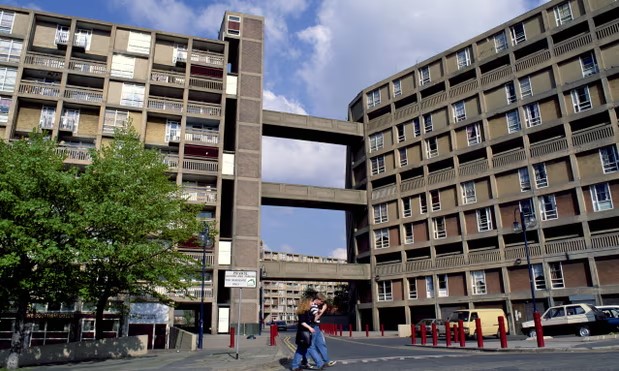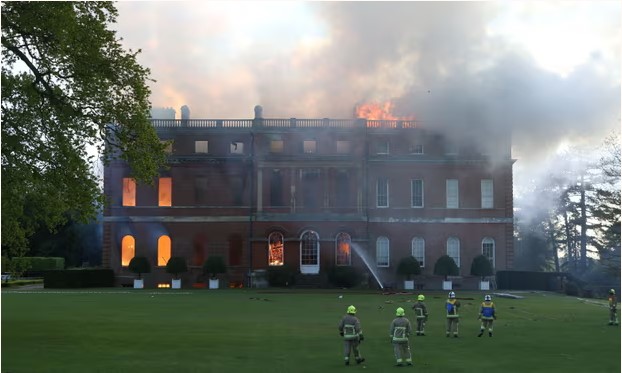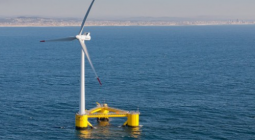Instead of tilting at turbines we should see them for what they are: beautiful

Britons should learn to love onshore renewables as part of a long tradition of robust, practical, rural structures
rowing up in the countryside, it was a feature of drives with my parents that electricity pylons would be deplored. So I am familiar with the instinct to oppose wind turbines, which like pylons are large, energy-providing infrastructure, among some country dwellers, leading David Cameron to tighten up rules in 2015 in a way that led to a 97% reduction in the numbers granted planning permission.
Although the current government has just announced an easing of these rules, they still give plenty of power to objectors. But I would ask country dwellers still inclined to block them to see that they are in fact beautiful. They are prettier than power stations, less destructive than fracking, certainly lovelier than floods, fires, droughts and other effects of climate change. They enrich the nation with the help of its abundant wind, and make us less dependent on fossil-fuel despots. Wind turbines are in a long rural tradition of robust practical structures that also includes barns, mills, viaducts, canals and others that have become beloved and protected. On those same drives I was always happy to see an old windmill. It shouldn’t be too hard to love their modern equivalents.
‘Dirty’ hits the deck

Deck-access housing, widely used on council estates for a century, has a bad reputation – “housing for dirty people”, it was once called. But it only means that you reach your front door in a block of flats via a balcony in the open air, rather than stuffy corridors and lift lobbies. Done right, it is sociable and enjoyable. It gives a sense of connection between a block of flats and the open spaces around them. It works against the tendency of apartment buildings to become hermetically sealed boxes. It has, as a recent book by the writer and critic Rory Olcayto points out, practical advantages to do with such things as giving homes more than one aspect. So it’s very welcome that one of the projects shortlisted for this year’s Stirling prize, the award for what is considered the best building in the country, is the House for Artists, a deck-access block in Barking, east London. There is, after all, no reason not to build housing like this, except snobbery.
Misplaced trust

It’s the time of year when, in what is becoming an annual autumn ritual like the Last Night of the Proms and bonfire night, campaigners against the alleged “wokery” of the National Trust attempt to take control of it. An opaquely funded organisation, Restore Trust, has put forward a slate of candidates for the venerable charity’s council, who say they will restore its “apolitical ethos”, even though a similar attempt failed last year. They are supported in this quest by such resolutely apolitical figures as Nigel Farage and Neil Record, a board member of Restore Trust and until recently chairman of the Institute of Economic Affairs, the libertarian thinktank that helped to thrust the disastrous policies of Liz Truss on the country.
It’s quite hard to see what their complaints really are, beyond a 2020 report on the connections between colonialism and National Trust properties that made the truthful statement that Winston Churchill opposed independence for India. They also disagree with the trust about the best way to restore the burned-out house of Clandon Park in Surrey, and dislike attempts to make Sudbury Hall in Derbyshire more child friendly.
It’s unlikely that the popular and largely well-run National Trust will benefit from the election of rightwing culture warriors to its council. If you are a member, use your vote and use it well.




